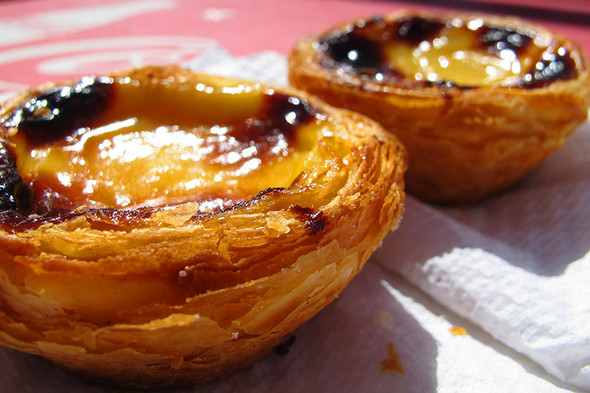Now that it is over, I dare to confess that I had been waiting for the gastronomic bit of my two weeks guest performance in Portugal without any serious preliminary study but with great expectations and romantic ideas. The reasons for this latter were the former colonies in Brazil, India (Goa) and South Africa. I hoped that the Portuguese cuisine preserved the best of these for posterity but interestingly my humour (and belly) were eventually saved by pastries reflecting some Arabic influence and by loads of pork. Possibly, the Visigoths deserve my grateful thanks for this, I mean for the pork dishes.
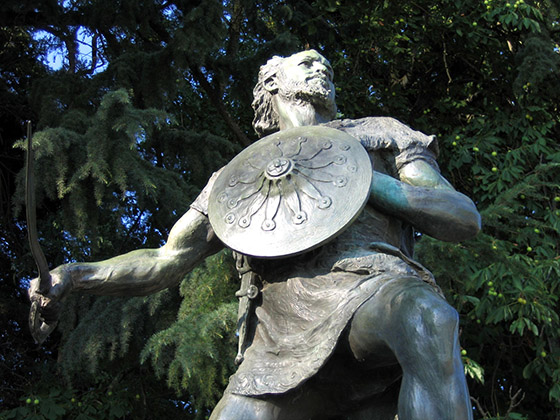
Flipping through history books we would give little chance to Celts, who wrote the early history of the country, for leaving a still sensible gastronomic culture behind. The first really significant gastro-geographical change was brought by the Roman legions carrying most likely olive trees and grapes, and certainly the custom of several hours long meals, to this land. The fall of the empire lured the interested Germanic hordes to the area. Of these tribes, especially the Visigoths excelled who have actually nothing to do with the most famous Goth, Theodoric. This latter was the king of the Ostrogoths and conquered Rome, while the name of the former ones derives from the ancient Germanic word “wise” meaning, western. Anyway, the Iberian Peninsula may be grateful to the Visigoths for two things: the consolidation of Christianity and the invitation of Arabic armies to settle a struggle for the throne. This way, even though the love for sugar pastries is not a Germanic phenomenon, indirectly they were the ones causing the occurrence of the well-loved pastries in the Portuguese cuisine. Nevertheless the Arabic armies pitched camp on the south of today’s Portugal (on the southernmost part Egyptians and on the north-east Syrians lived), thus the Christian and at the same time Visigoth majority could stay north of the river Douro preserving this way the joy of eating pork for today’s Portuguese cuisine and for the people of Portugal (Oh, thank you Visigoths!)
Seafood Country
It is a common view that Portugal is a “seafood paradise” (and certainly we do not mean sea cucumber here), in other words a never ending source of edible saltwater fishes and shellfishes. The bold ones think that even infants are fed with shellfish or at least squid. Well, we have not found any traces of that but it certainly turned out that the national dish of Portugal is the Norway pout. This seemingly illogical blunder is rooted in the fact that the waters of the country are too warm for the masses of pout to live in, which is sad since in the middle ages, local fishermen frequently sailed north and slowly accustomed the whole country to cod (bacalhau), especially its dried version.
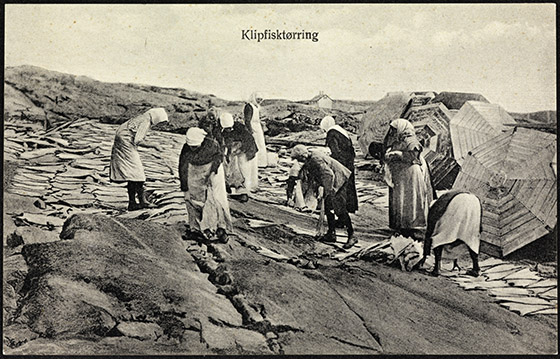
Meat preservation means today drenching it in salt water therefore good old Norway pout must be soaked in water for even a day to get it in a usable condition. There are quite many ways of preparing it.
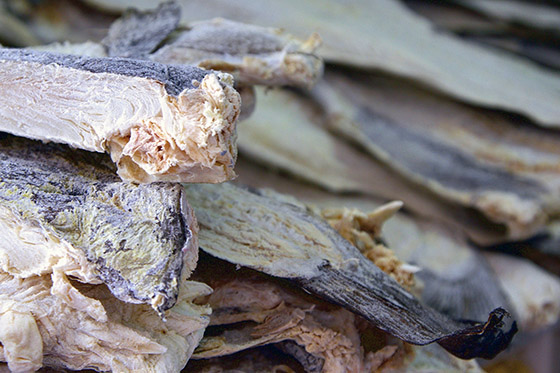
Purportedly there are different cod dishes for each day of a year and all real patriots and housewives must be acquainted with them, it is not reported though whether these two qualities must coexist. Bacalhau recipes we tasted are typically made of olive, pepper, garlic and bags of potatoes and were proven to be quite filling, thus they demanded wine.
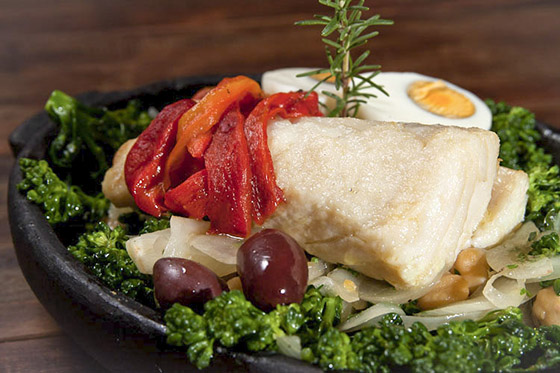
To match fish dishes, Hungarian bellies typically call for white wines (except, of course, for the Hungarian fish stew and Kadarka/Schiller combination), but according to our reliable sources cod requires red wine. If you happen to be there, give it a try. But yet our greatest treat was owing to sardines which are dredged in some flour and deep fried right after fishermen bring them ashore. The braver ones may try the neck and crop version of it (meaning without gutting),but we preferred the moderate making, the head was left on though, and it was so crispy that we not only enjoyed eating it but also listening to it. We crammed it all in with freshly baked bread, strong mustard and some tomato salad and washed it all down with a good Vinho Verde.
You can read more about a Lusitanian cuisine in the second part of this article.



